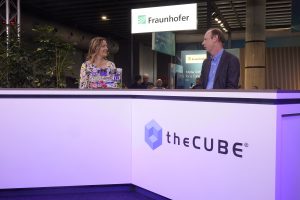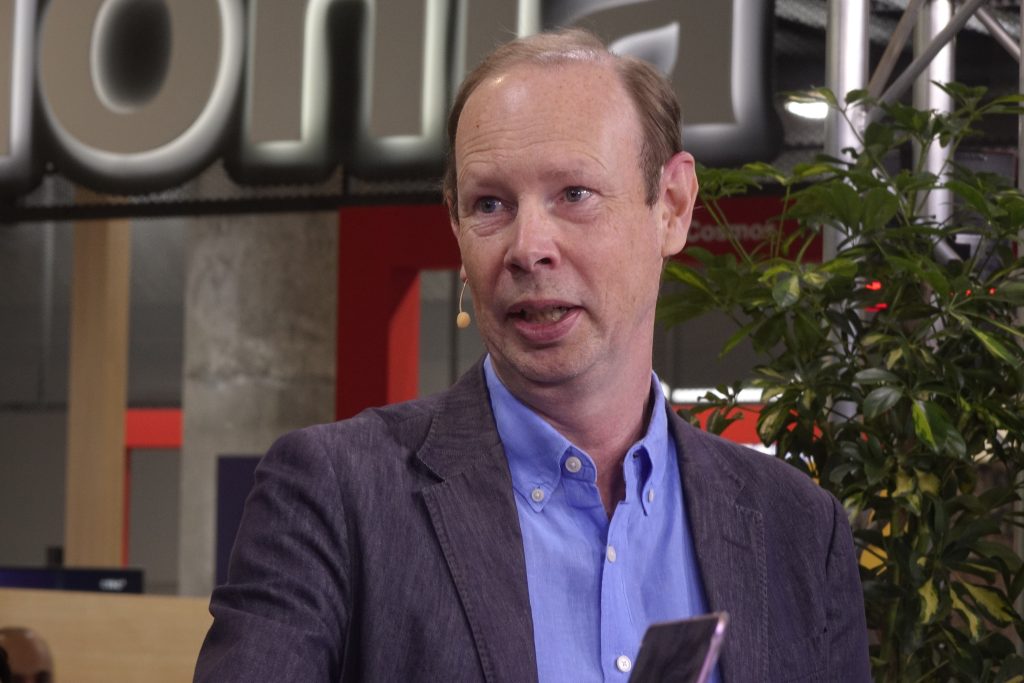As artificial intelligence becomes increasingly embedded in critical infrastructure, AI model accuracy is taking center stage. For telecommunications, where timing is everything, precision isn’t optional — it’s foundational to trust, performance and automation at scale.
That’s why IBM Corp. is leaning into compact, specialized models — such as its new Tiny Time Mixers — to tackle network automation challenges where traditional large language models fall short. The key lies in understanding time-series data, something most large language models simply weren’t built to handle, according to Andrew Coward (pictured), general manager of software networking at IBM.

IBM’s Andrew Coward talks to theCUBE about the importance of AI model accuracy.
“Many people don’t understand that LLMs really don’t understand time-series data, because it doesn’t understand the difference between what happened yesterday versus what happened 10 years ago,” Coward said. “There’s new models, and IBM’s built one called Tiny Time Mixer. Very small parameters, million parameters, and they understand time. We can take network data, and then we can apply it to weather information or TV schedules. Then we can make predictions about what’s likely to happen.”
Coward spoke with theCUBE’s Savannah Peterson at MWC25, during an exclusive broadcast on theCUBE, SiliconANGLE Media’s livestreaming studio. They discussed the need for AI model accuracy and how IBM is igniting this fire in telcos. (* Disclosure below.)
Through the AI model accuracy lens
Democratizing AI enables companies to solve real-world problems, innovate faster and participate in shaping the future. This helps in improving AI model accuracy across different sectors, such as telecommunications, according to Coward.
“What we are seeing is the democratization of AI,” he said. “It’s almost free to put data in and run it against AI models, but if you need to train it, that’s the expensive bit. The training piece is coming down massively in costs, and that’s why I go back to the engine versus car analogy. Why are we expecting telcos to build their own cars for this? It’s not like we ask them to build their own radios or build their own routers.”
Using small models, IBM helps address telco infrastructure problems, such as bandwidth congestion and poor network coverage. This explains why AI model accuracy takes center stage, Coward pointed out.
“The other thing we’re excited about at IBM is small models, not big models,” he said. “LLMs, they’re not a fix-all for all of this. I think we are really, really focused on applying to the complexity of networks. It’s not one-size-fits-all, but it also doesn’t help with the remediation of problems across the network. Being able to take those models and then build a car, but also enable it to go to different places depending on the customer, that’s really what we’re delivering at IBM.”
To tackle the complex nature of network infrastructure, tailored solutions are needed. As a result, data-powered AI plays a pivotal role when finding remedies, Coward added.
“As the AI gets used in real time to get what the industry needs — which is closed loop automation, remediation, prediction, all of the things that will drive the efficiency out of it — as you see a storm coming in, what’s it going to do to your network?,” he asked. “Are you going to start moving things around? Are there things that you can predict in the last three storms that happened? It’s very interesting how multiple data sources, time series data sources, get brought into this.”
Here’s the complete video interview, part of SiliconANGLE’s and theCUBE’s coverage of MWC25:
(* Disclosure: TheCUBE is a paid media partner for MWC25. The sponsors of theCUBE’s event coverage do not have editorial control over content on theCUBE or SiliconANGLE.)
Photo: SiliconANGLE
Your vote of support is important to us and it helps us keep the content FREE.
One click below supports our mission to provide free, deep, and relevant content.
Join our community on YouTube
Join the community that includes more than 15,000 #CubeAlumni experts, including Amazon.com CEO Andy Jassy, Dell Technologies founder and CEO Michael Dell, Intel CEO Pat Gelsinger, and many more luminaries and experts.
THANK YOU

